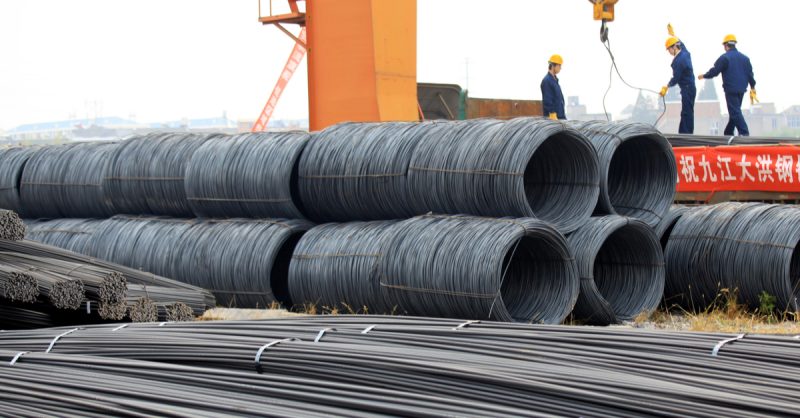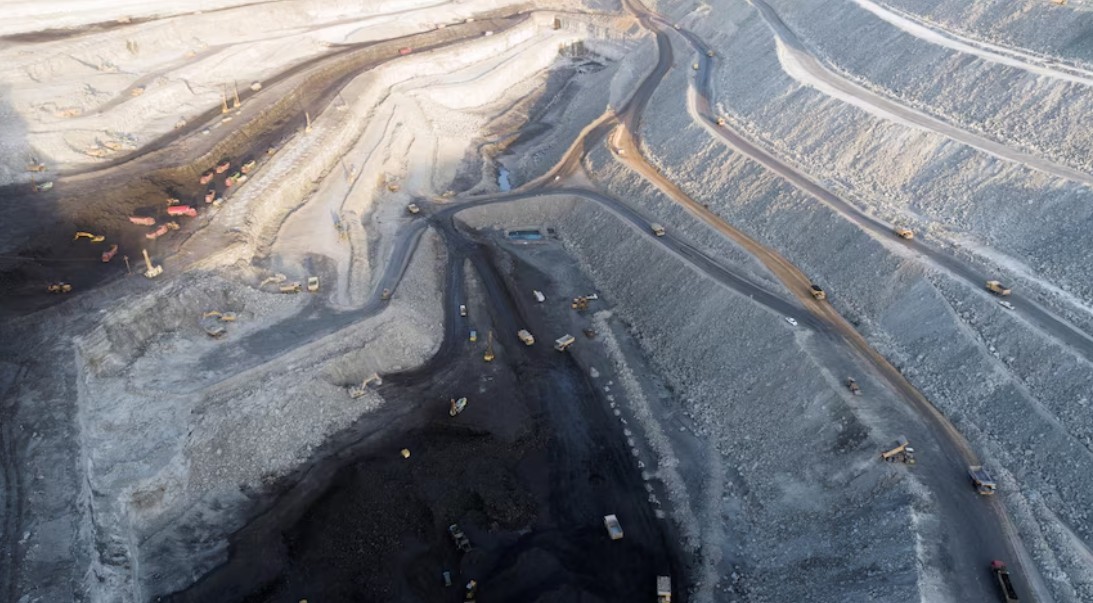
The ongoing trade standoff between the US and China is set to increase pressure on China’s already struggling steel industry. Stringent tariffs are expected to reduce demand for Chinese steel, further driving down prices. This will deepen China’s overcapacity issues, especially as it seeks to balance domestic production with declining global demand.
Impact of US Tariffs on Chinese Steel Exports
The impact of President Trump’s 25% steel tariffs on Chinese steel imports to the US has been minimal. In fact, Chinese-origin steel imports to the US have decreased significantly over the last decade. In 2024, these imports fell below 500,000 tonnes, representing less than 1% of China’s total steel exports.
However, recent developments in the trade war have escalated the situation. China has now imposed a 125% tariff on US-origin imports, and the US plans to levy tariffs as high as 245% on Chinese goods, including electric vehicles, solar panels, and critical minerals. This will further reduce China’s steel demand and add pressure to an already saturated market.
China Faces Increased Overcapacity Risks
China’s steel industry continues to face significant overcapacity risks. Despite the government’s efforts to reduce steel production to match declining domestic consumption, production levels remain high. In March 2024, Chinese steel production rose by 4.6%, reaching 92.84 million tonnes, reversing a decline in earlier months.
Additionally, China’s steel exports are rising, despite the global trade tensions. In March, steel exports increased by 5.7% year-on-year, and for the first quarter of 2024, exports were up by 6.3%. This growing export volume adds to the country’s overcapacity, exacerbating the issue further.
Global Trade Defense Measures Against Chinese Steel
In response to China’s steel export growth, countries around the world have begun imposing trade defense measures. For example, Colombia, the European Union, Malaysia, South Korea, and Vietnam have implemented antidumping duties on Chinese steel products. Further investigations are underway in 19 countries, potentially affecting an additional nine million tonnes of Chinese steel exports.
This global trade backlash is a significant factor driving down steel prices and increasing uncertainty in the market. With many countries taking action against Chinese steel, the outlook for global steel prices remains volatile.
Chinese Steel Prices Under Pressure
As China attempts to curb its steel production, steel prices in the country are experiencing significant pressure. MEPS’s China hot rolled coil price reached its lowest point since a seven-year low in September of the previous year. If China’s production cuts fail, steel prices will likely continue to fall, further impacting the global market.
Economic Consequences of the US-China Trade War
The US-China trade war has far-reaching consequences beyond the steel industry. Inflationary pressures may arise, potentially delaying the expected interest rate cuts in the US or necessitating further rate hikes. Additionally, proposed fees on Chinese-built container ships entering US waters could raise shipping costs, further straining the economic relationship between the two nations.
US steelmakers have seen benefits from rising steel prices in recent months, but uncertainty surrounding future tariffs is expected to undermine confidence in the market. As the price of hot rolled coil has stalled, steel buyers are becoming increasingly cautious.
Conclusion: Uncertain Future for China’s Steel Industry
The ongoing trade tensions between the US and China are likely to exacerbate China’s overcapacity issues in the steel industry. Rising tariffs and global trade defenses will continue to suppress steel prices, putting pressure on Chinese producers. As the global steel market faces increasing uncertainty, industry stakeholders must prepare for continued volatility.











Leave a Reply
You must be logged in to post a comment.